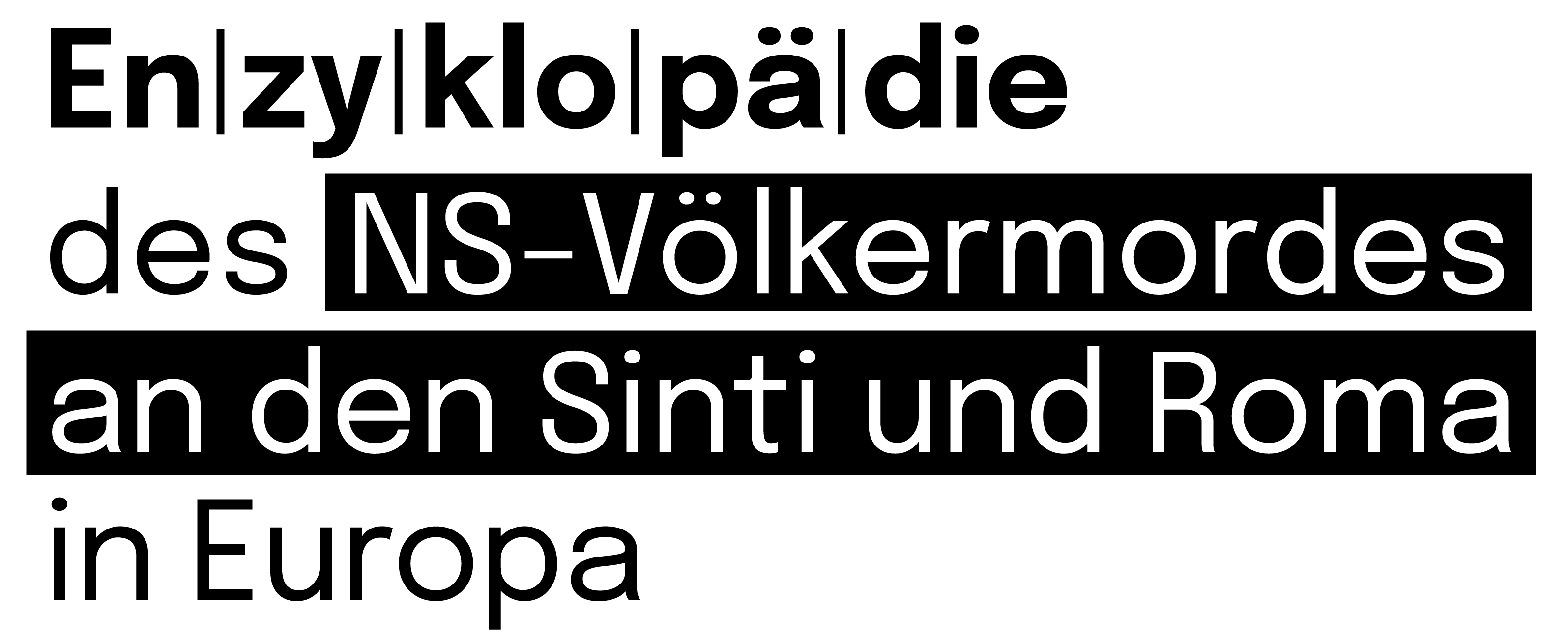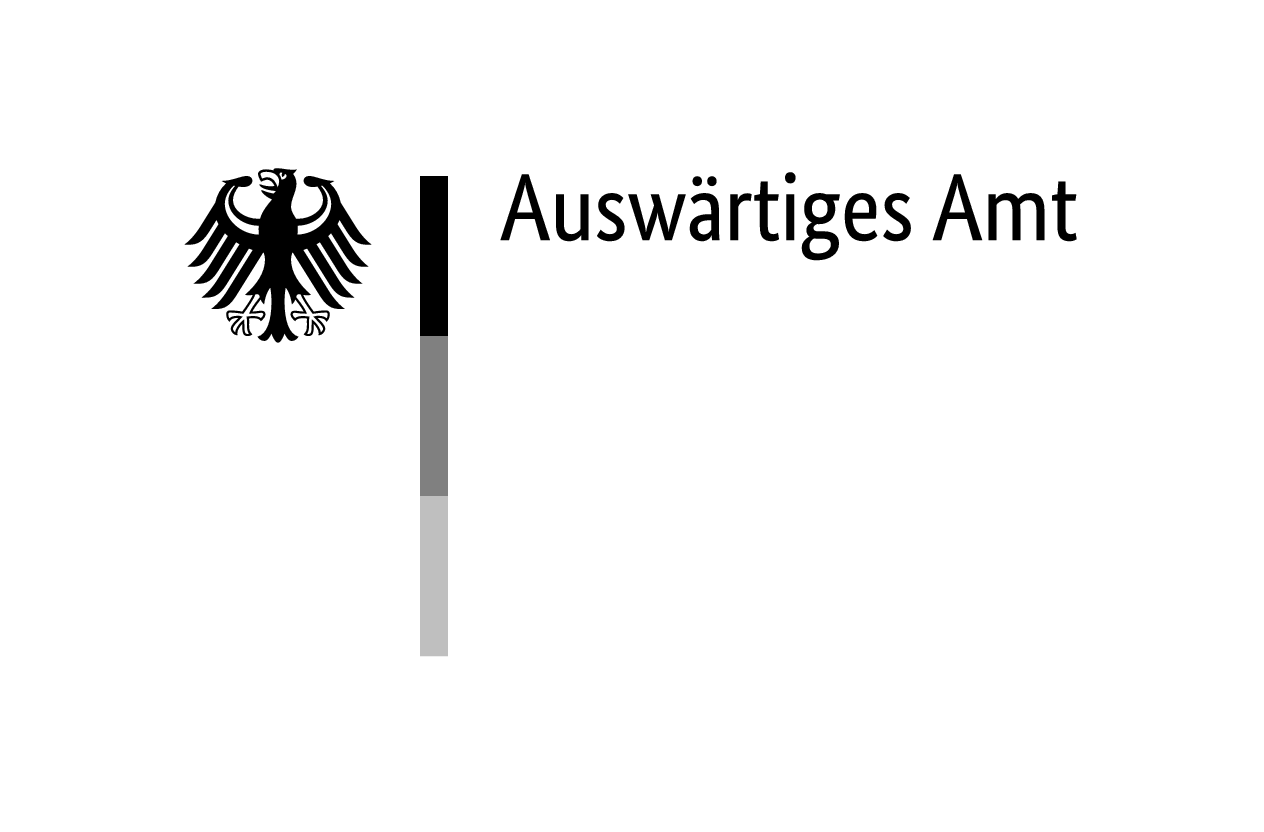The first Roma appeared in the predominantly agricultural village of Hrušky (Břeclav district, today Czech Republic) sometime in the second half of the 19th century. They made their living as blacksmiths, manual workers and day labourers on the local manor farm.
The Dycha Family
In 1910 Josef Dycha, born in 1877 in Tvarožná Lhota, Hodonín district, settled in Hrušky (which by then had approx. 1,500 mostly Czech inhabitants) and later built a new house there on municipal land. In 1929, Josef Dycha married Estera Danihelová, born in 1902 in the nearby village Čáry, Senica district, today Slovakia. They had three sons (Jaroslav, born 1927, Josef, born 1934, Jan, born 1939) and five daughters (Rozálie, born 1929, Anna, born 1930, Josefa, born 1932, Marie, born 1936, Helena, born 1942). They also raised Estera’s illegitimate son Damián Danihel, known in the village as Damián Malík (born 1921 in Čáry).
In interwar Czechoslovakia, the Dycha family were the only Roma inhabitants of the village, and contemporaries recall how exemplary, hardworking and, despite their poverty, how involved in local social life they were. Josef Dycha was a blacksmith, and he also worked as a day labourer for local peasants, as did his wife Estera and her son, Damián. In addition, Josef Dycha did occasional work for the municipality. Sometime at the beginning of World War II, Estera Dychová began working as a janitor at the local elementary school.
Persecution and Deportation
After the establishment of the Protectorate of Bohemia and Moravia in March 1939 the Dychas became subject to the persecution along with other individuals and families identified as ‘Zigeuner’. The family was under constant surveillance by local authorities (gendarmerie, school), who regularly reported on it to their superiors.
The Auschwitz Decree of December 1942 also affected the Dycha family. The Dychas, along with all their children, were initially included in the mass transport of Protectorate Roma which was sent to Auschwitz-Birkenau concentration and extermination camp on 19 March 1943. But in the town of Strážnice, which was the local assembly point for the deportation, presumably on 15 March 1943, it was decided to remove the Dychas from the transport, to release them and to let them return home. The exact reasons are unclear, but the good social ties of Dychas in Hrušky may have played a role, and there may have been an intervention by local authorities, such as the mayor and/or his predecessor.
However, the Dychas were included by the criminal police in the fourth mass transport of Roma and Sinti from the Protectorate of Bohemia and Moravia, which arrived with more than 860 men, women and children at Auschwitz-Birkenau on 7 May 1943. All members of the Dycha family fell victim to the desperate conditions in Camp Section BIIe. Father Josef Dycha died on 2 July 1943, mother Estera Dychová on 30 October 1943. One by one, their children perished: Helena on 26 May 1943, Josef on 1 July 1943, Jaroslav on 13 July 1943, Jan on 2 November 1943, Josefa on 11 December 1943, Rozálie on 4 January 1944, Marie on 9 January 1944 and Anna on 11 February 1944.
The only Rom from Hrušky who was not affected by the deportations was Damián Danihel, the illegitimate son of Estera Dychová. According to contemporary documents, he was saved thanks to his Slovak nationality, which made him a foreign national on the territory of the Protectorate. According to witnesses, then mayor Metoděj Hrabě (1886–unknown) and his predecessor and Danihel´s employer and protector, Vojtěch Hřebačka (1888–unknown) also contributed to his rescue. After 1945, Damián Danihel moved to Slovakia, where he founded a family (he had four sons and a daughter) and is buried (he died in 1985).
Commemoration
The memory of the Dycha family remains alive in Hrušky, especially among contemporaries, and is mentioned in several publications on the history of the village published after 1989. But there is not yet a formal commemoration of them in the village, although after 1945 several commemorative plaques and a monument dedicated to victims of World War II were installed there.




